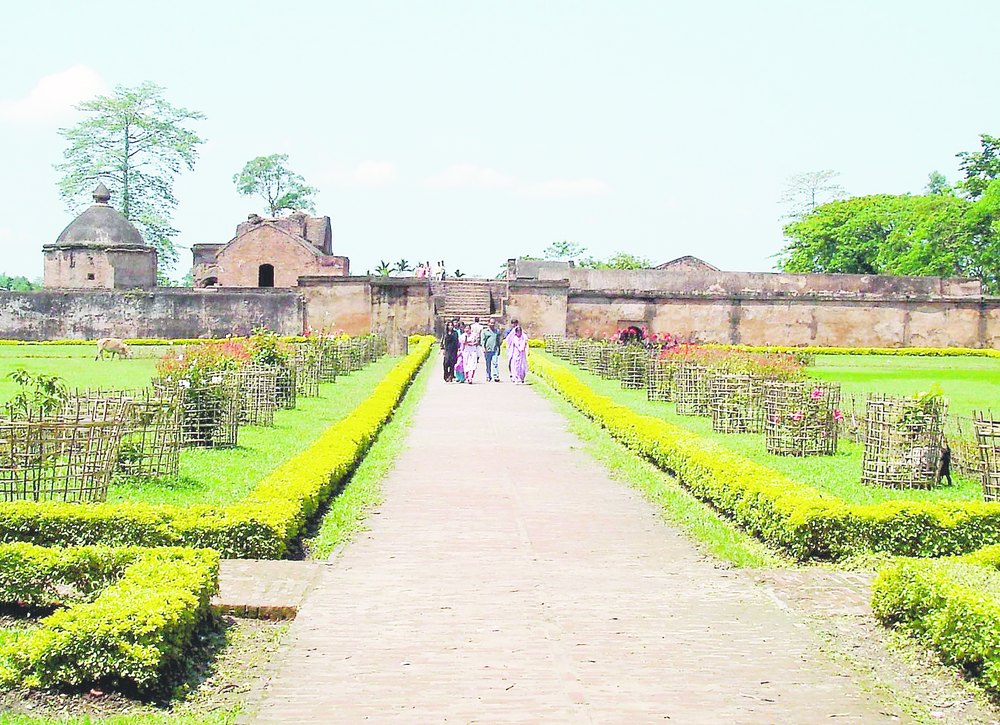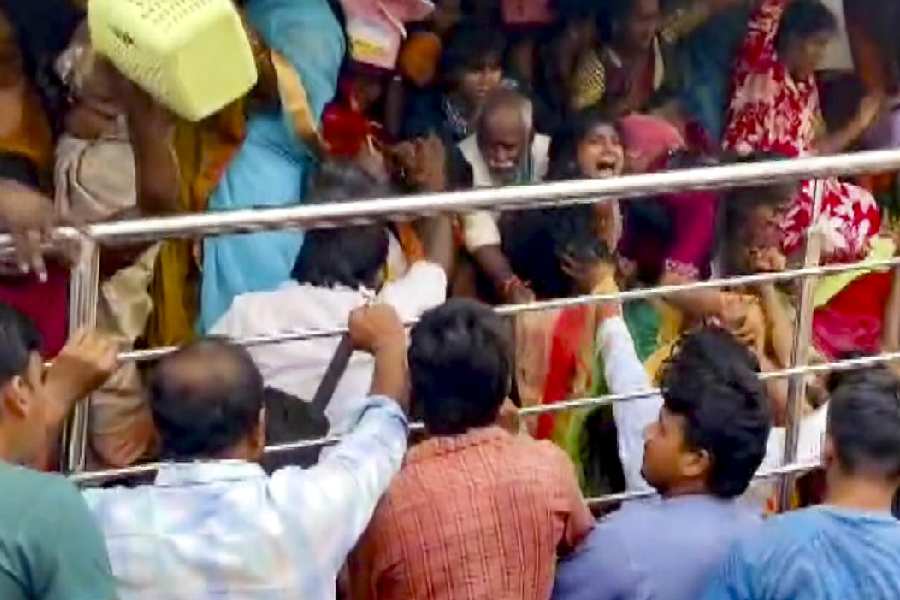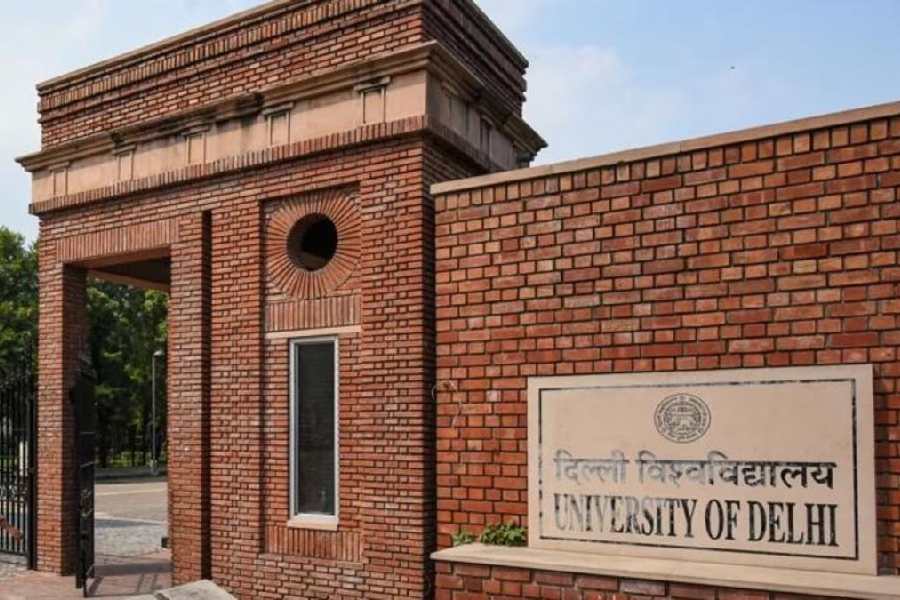
Guwahati, April 24: Over 400 years ago, the Ahom kings had made their monuments earthquake-resistant in a region prone to seismic activity.
This was discovered by a team of experts from IIT Kanpur, who had come to study Ahom monuments in Upper Assam's Sivasagar district.
The team, which was in Assam from March 29 to April 4, studied the structures of Talatal Ghar and Kareng Ghar - palaces of Ahom Kings in Joysagar and Gargaon respectively in the district.
Using ground-penetrating radar to study Talatal Ghar, they found the underground foundation walls, which are extension of the walls above, had separate walls built parallel to them and the space between these was packed with earth so they could bear the impact of earthquakes.
Superintending archaeologist of Archaeological Survey of India, Guwahati circle, Milan Kumar Chauley, said after discussions with other experts that the Ahom kings also made the immediate environment of other monuments, like temples, earthquake-resistant by creating waterbodies nearby and using stone boulders underneath the structures. "In other parts of the country, efforts were made to make the structures strong and earthquake-resistant. But the Ahom kings also tried to make the immediate environment of the structures earthquake-resistant, which is a unique feature of Ahom monuments," he said.
All the districts in Assam fall in Zone V of the seismic map, which is considered a "very high damage risk zone". Assam witnessed several massive earthquakes, including the one in 1950 whose magnitude was 8.7 on the Richter scale.
The team of experts, in their initial examination, found no tunnel connecting Talatal Ghar and Kareng Ghar. People believe an underground tunnel, which was used by the royal families during emergencies, connected the two palaces. The British had their entrances blocked after a few persons went missing after entering the tunnels. The team also found no existence of an underground floor in Talatal Ghar.
"The team will submit their written report within a month. They will visit Assam again in the last quarter of this year for further surveys of Talatal Ghar and Kareng Ghar. We are thinking of requesting them to study the ruins of the Kachari kingdoms in Silchar and Dimapur in Nagaland as well," Chauley said.
The ground-penetrating radar uses electromagnetic radiation in the microwave band of the radio spectrum and detects the reflected signals from subsurface structures. Practitioners can use the radar to detect subsurface objects, changes in material properties, voids and cracks.
Yesterday, the ASI had announced the existence of four female skulls and a male skull in a maidam (burial ground of the Ahom kings) in Sivasagar district. The ASI also collected blood samples from descendants of Ahom kings to conduct DNA test to see whether the bones found in the maidam belonged to the royal families.










